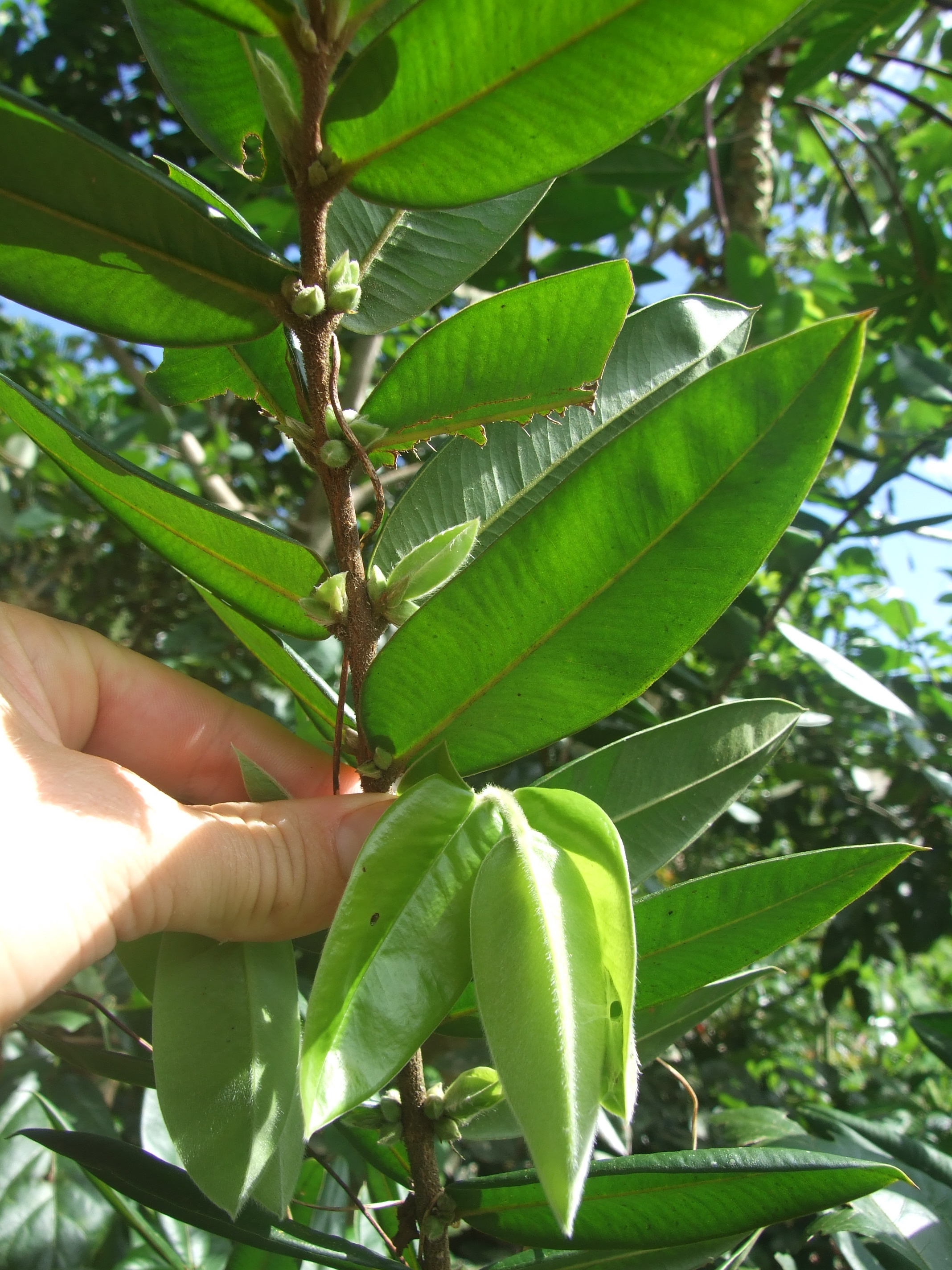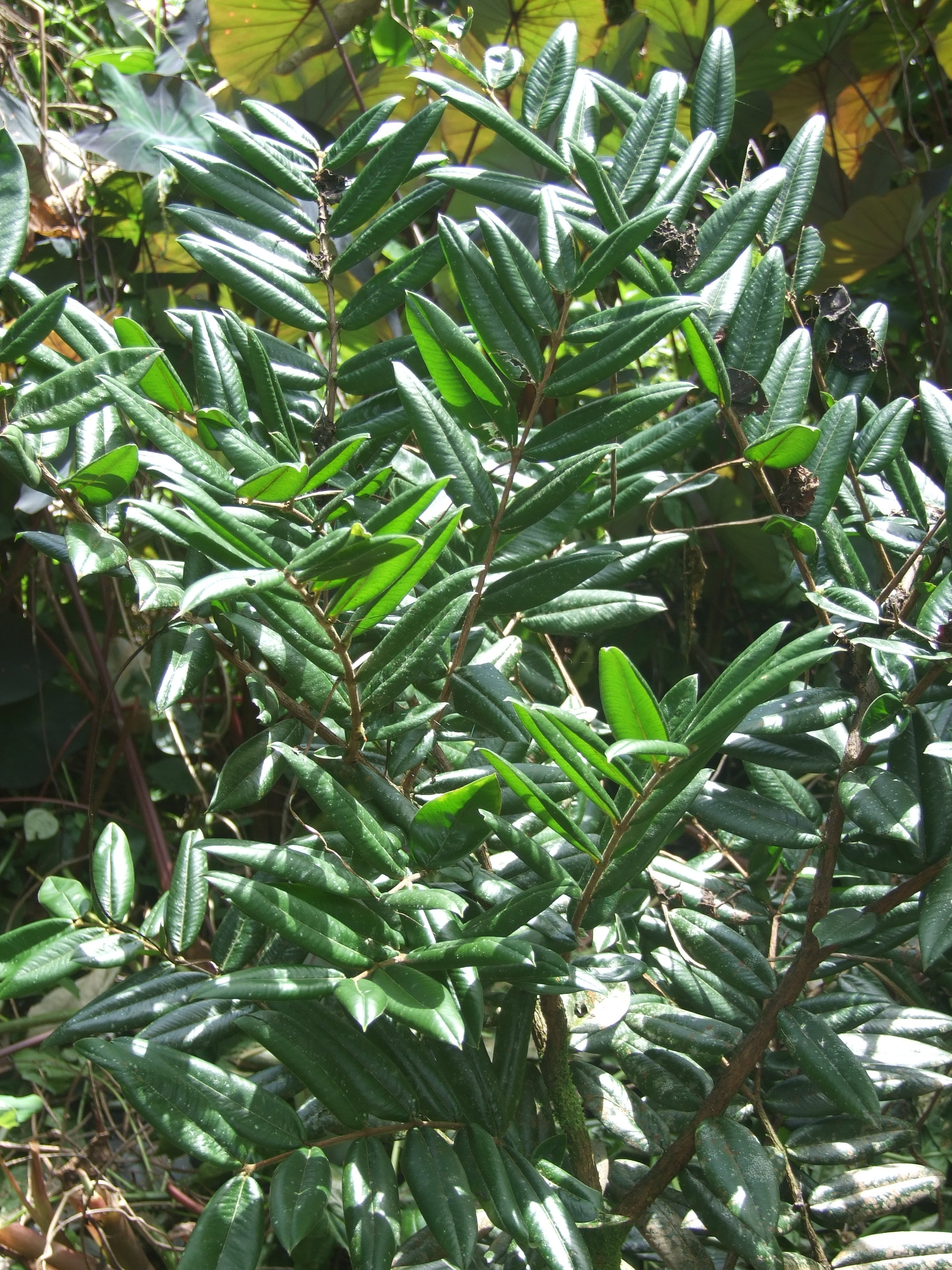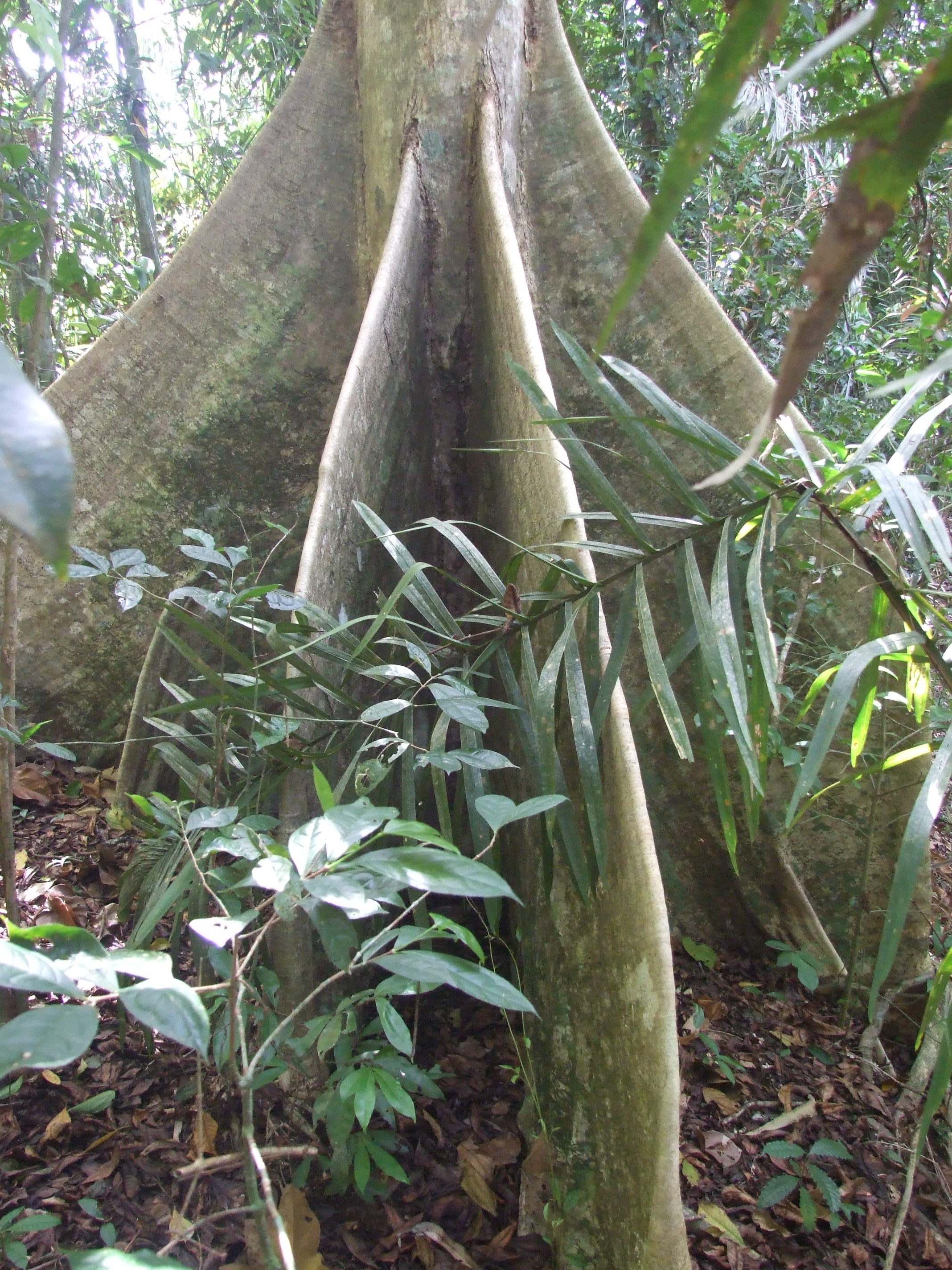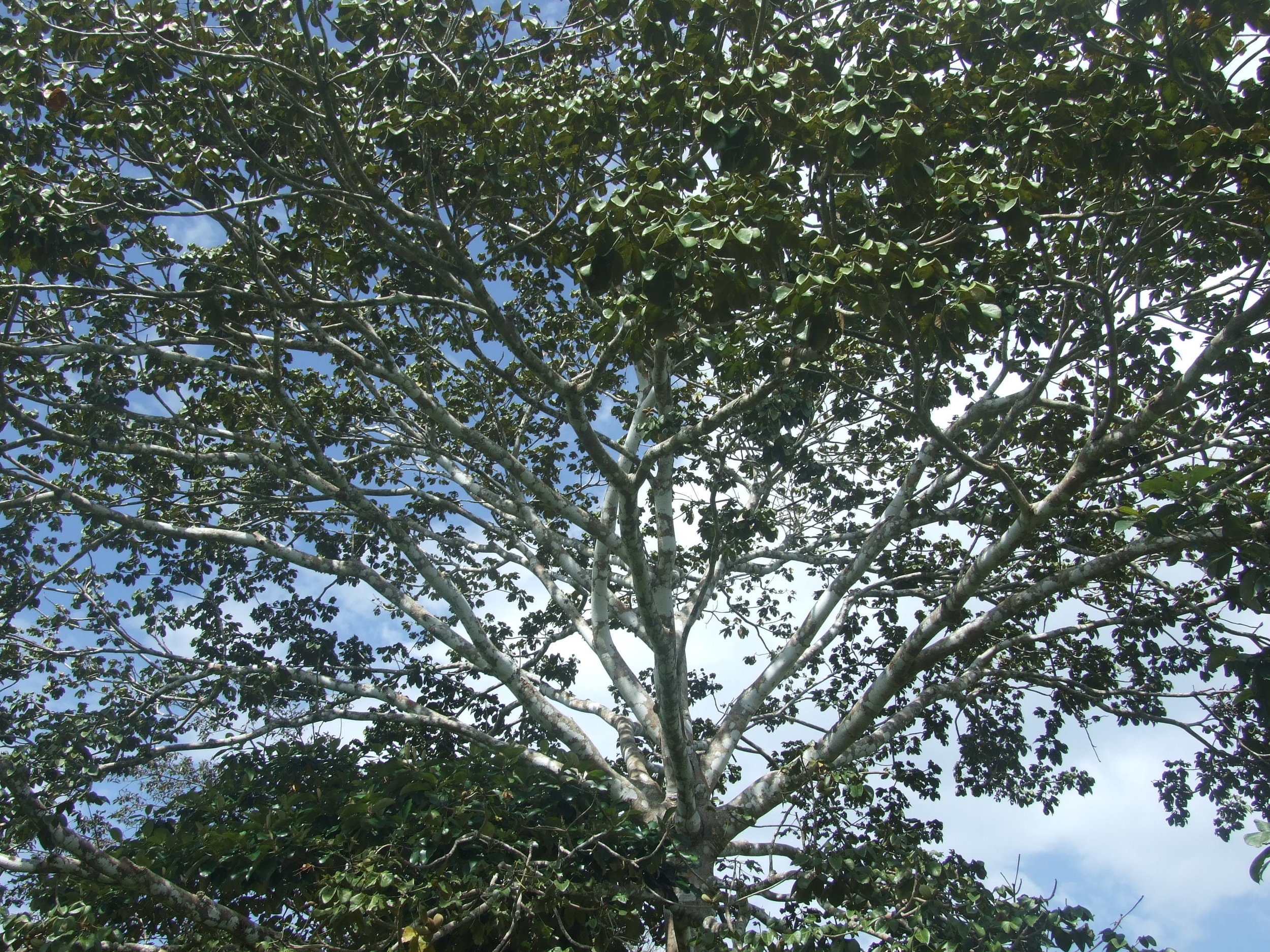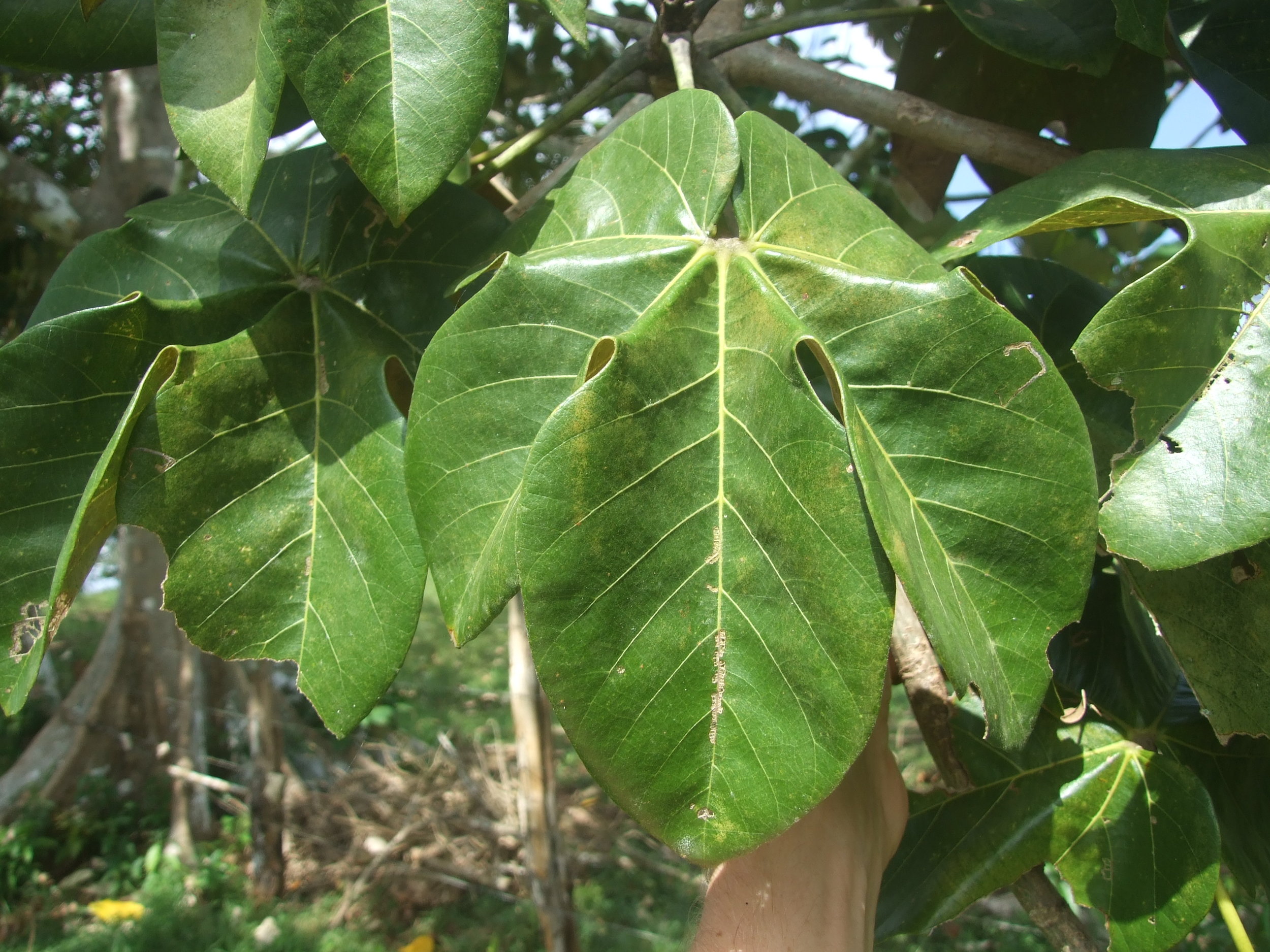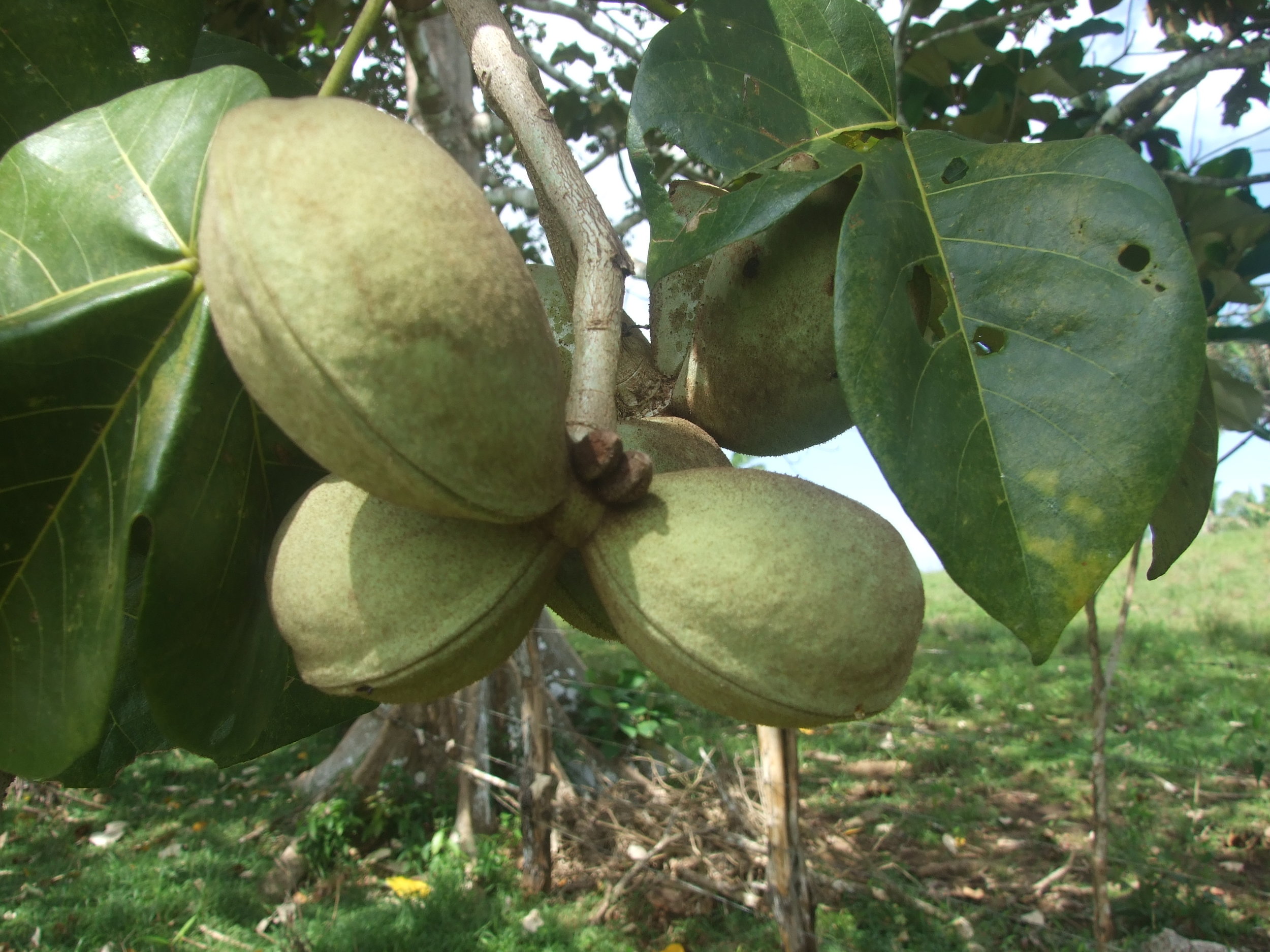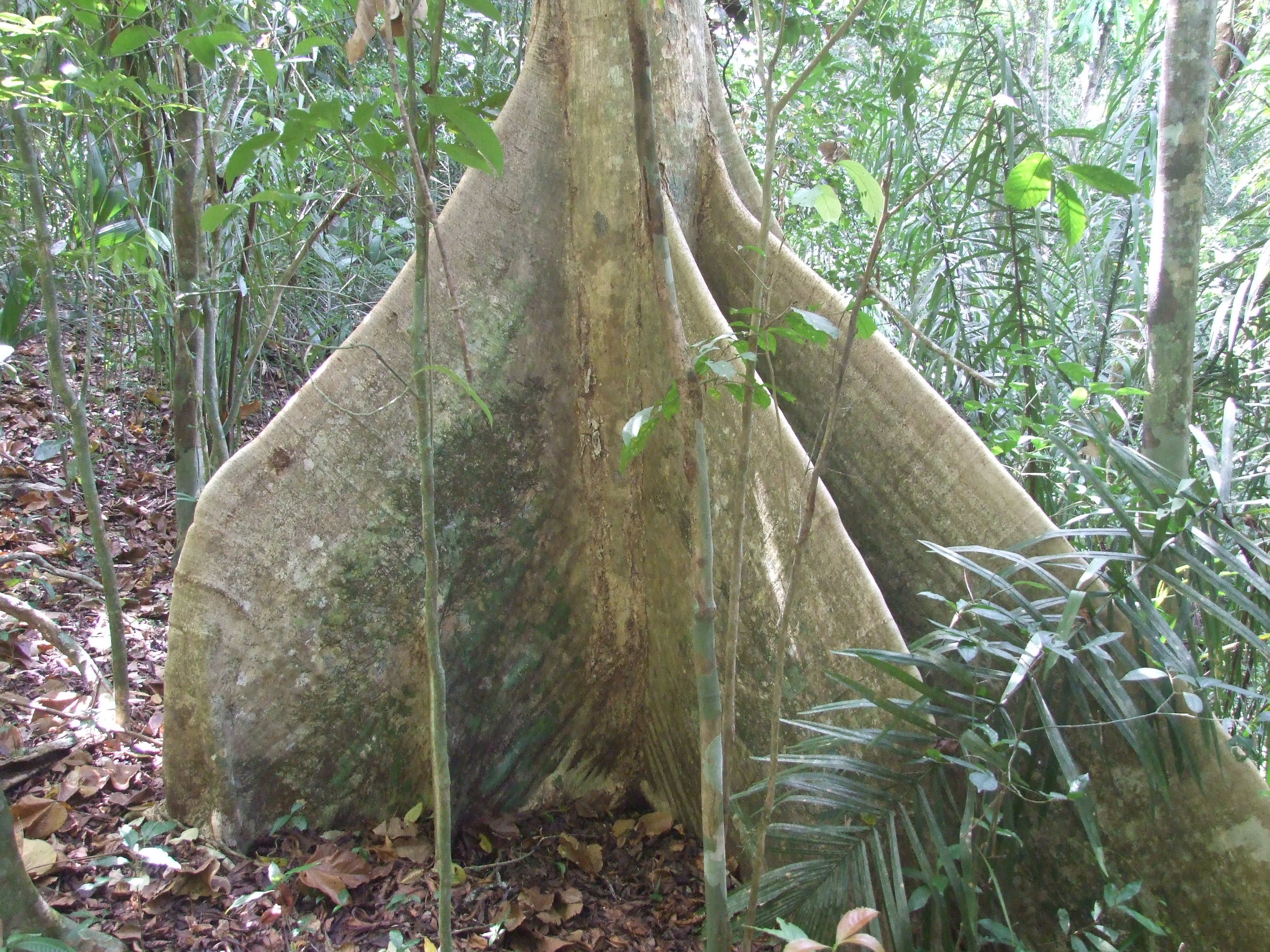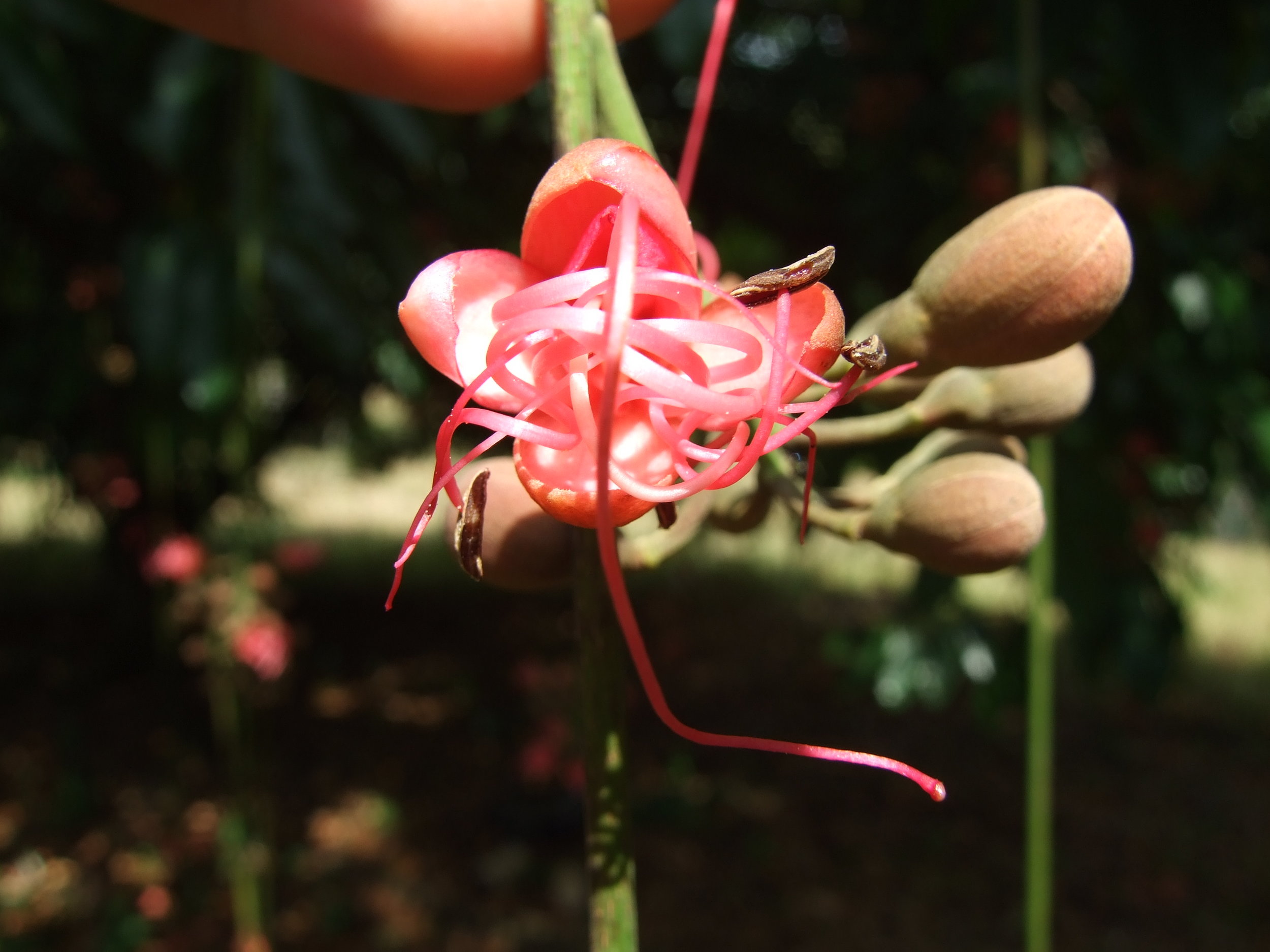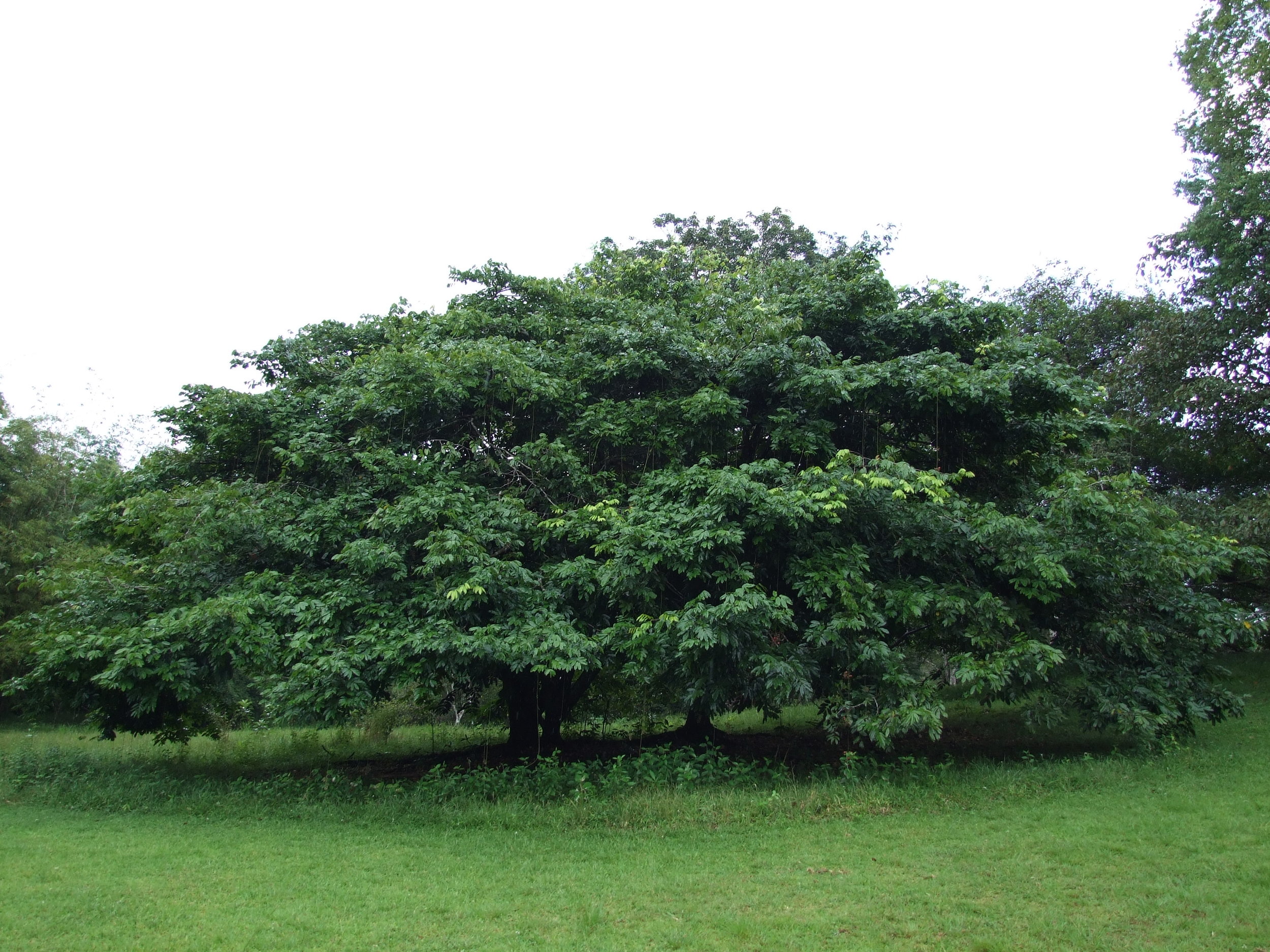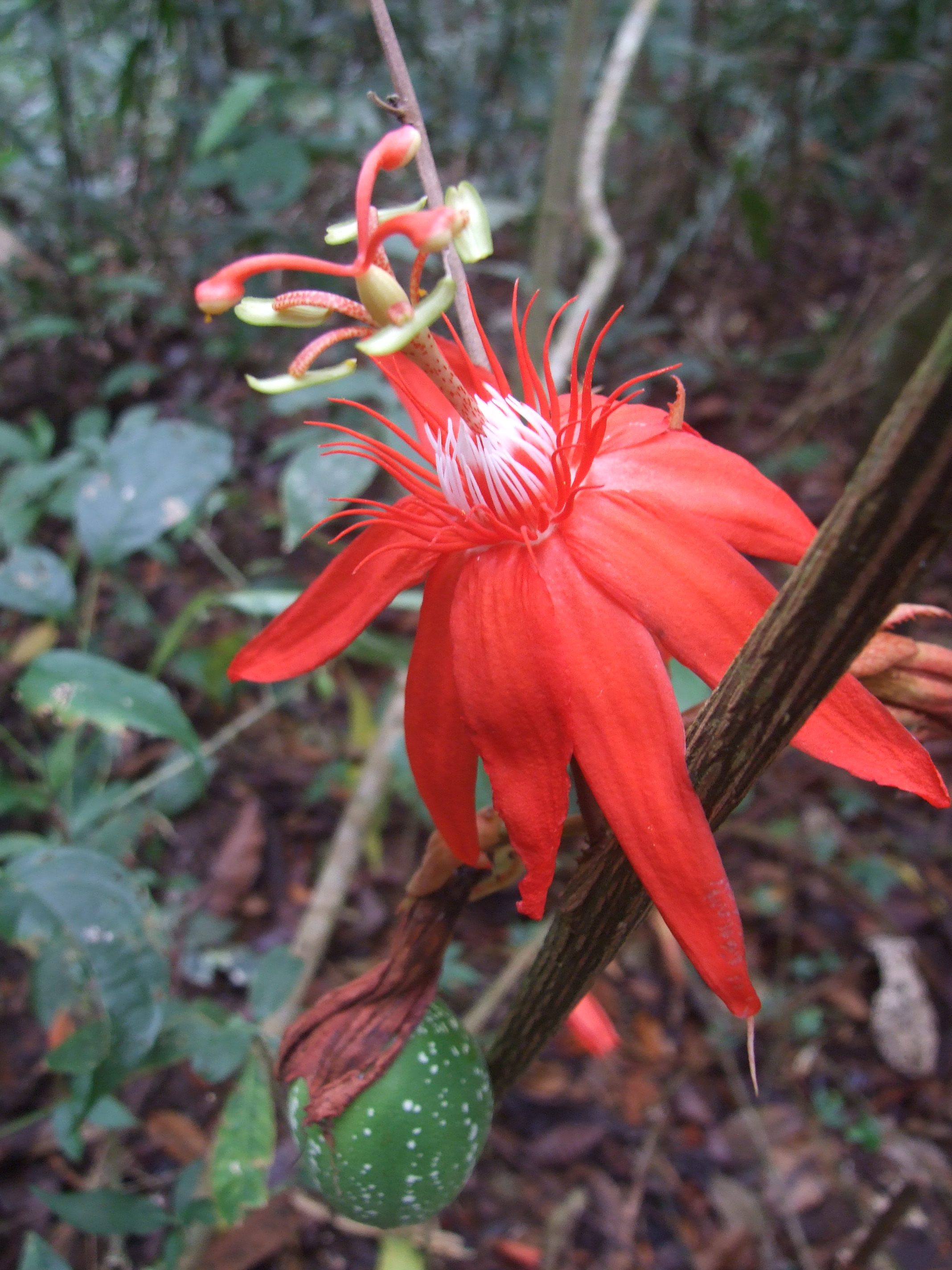Pistacia lentiscus is a member of the Anacardiaceae family, relative of such well-known food crops as Mango, Cashew and Pistachio. P. lentiscus is a shrub or tree that grows in the dry rocky areas of Mediterranean region, from Morocco and the Iberian peninsula in the west through southern France and Turkey to Iraq and Iran. It is also native to the Canary Islands. The word mastic derives either from the Greek verb mastichein (“to gnash the teeth”, origin of the English word masticate) or massein (“to chew”). Masticar is the verb “to chew” in Spanish.
It is a tough plant, which can be found growing as a tree or shrub, or even almost as a vine when emerging from dense shaded understory. The plant is resistant to heavy frosts, exposed coastal growing conditions, and able grow in a very wide range of soils. Unlike other species of Pistacia, this one retains its leaves throughout the year. This characteristic, in addition to its attractive appearance, makes it a popular native mediterranean, drought tolerant landscape species.
People in the Mediterranean region have used mastic as a medicine for gastrointestinal ailments for thousands of years. Dioscorides wrote about the medicinal properties of Mastic in his classic treatise De Materia Medica. Mastic oil has antibacterial and anti-fungal properties. Aside from its various cosmetic (toothpaste, shampoo, soap, lotion) and culinary uses (many), Mastic is also used in the production of high-grade varnishes.
The fruit is a drupe, first red and then black when ripe, about 4 mm in diameter.



